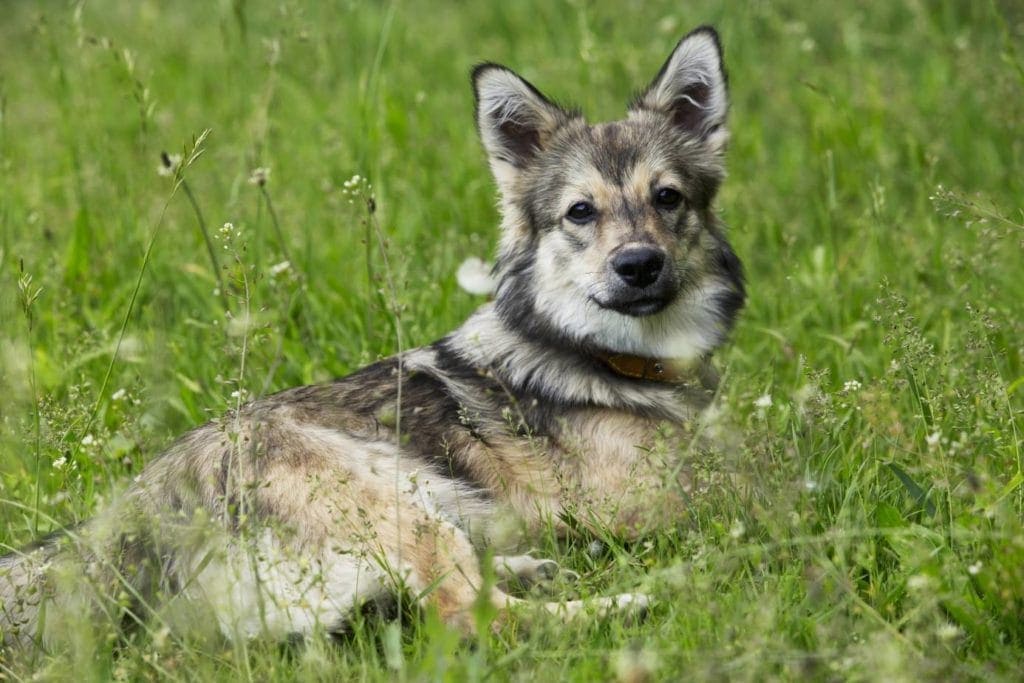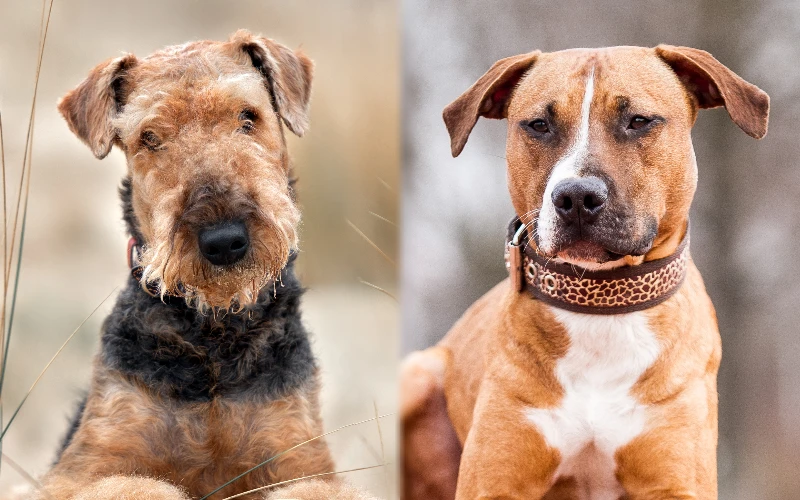10 Jobs That Dogs Can Do: Canine Support Roles (With Pictures)

Updated on
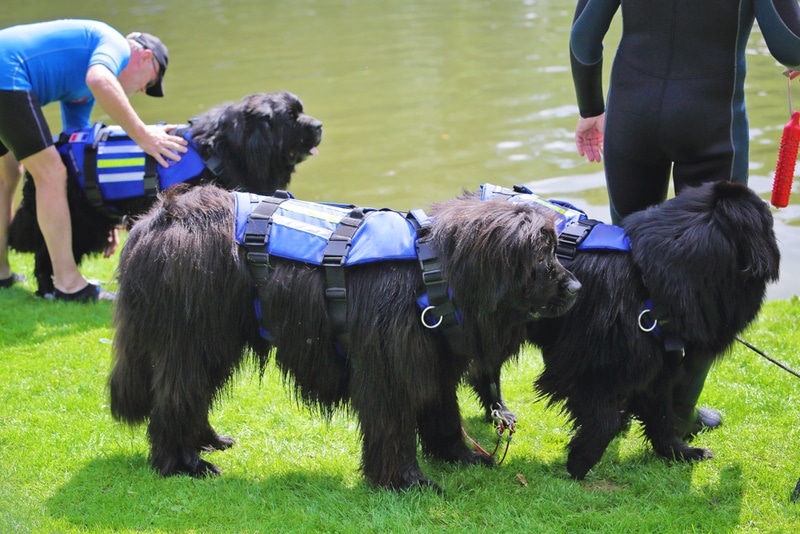
The relationship between people and their best friend has evolved over time. Dogs were not always the cute and lovable pets that we know today. They were laborers, assisting humans in farming, herding, and hunting.
Dogs possess unique abilities that humans lack. They are also loyal and dedicated to their tasks, making them efficient as human aids in various specialized jobs.
Although their roles may have changed significantly over the years, they can still do many jobs today, whether naturally or through training. Here is a list of 10 different types of working dogs and the unique jobs they can do.
The 10 Jobs That Dogs Can Do
1. Search and Rescue Dogs
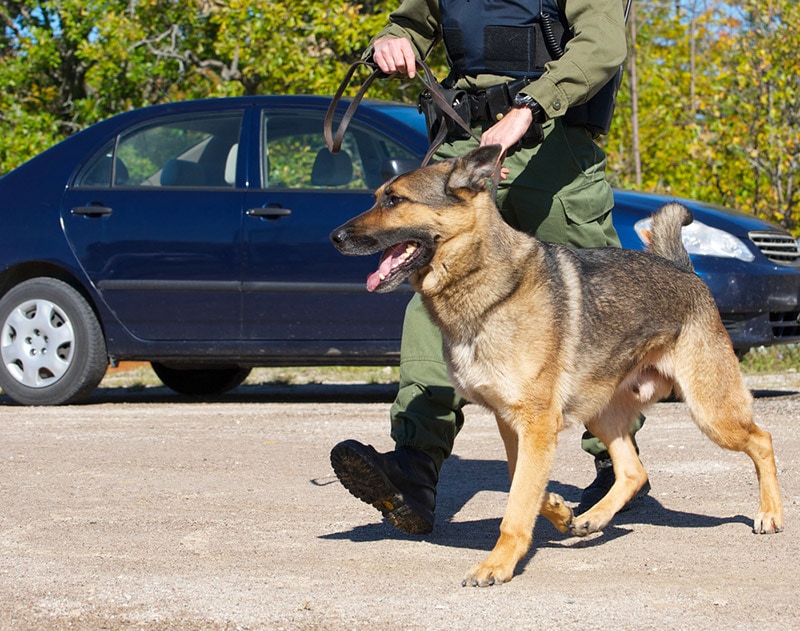
An acute sense of smell is a dog’s most valuable asset. Its nose contains 300 million olfactory receptors,1 which is high considering humans only have 400.
The ability to detect smells over long distances makes dogs the perfect aid when searching for a missing person. They can track the individual if you give them a scent to follow.
Dogs can also locate and save people during disasters like storms and earthquakes. Such pups are trained to smell a live human and will even find people buried under debris.
Thanks to their courage and massive hearts, dogs will help rescue people no matter how dangerous the situation is. Their energy and agility enable them to cover large areas and access hard-to-reach spots.
2. Herding Dogs
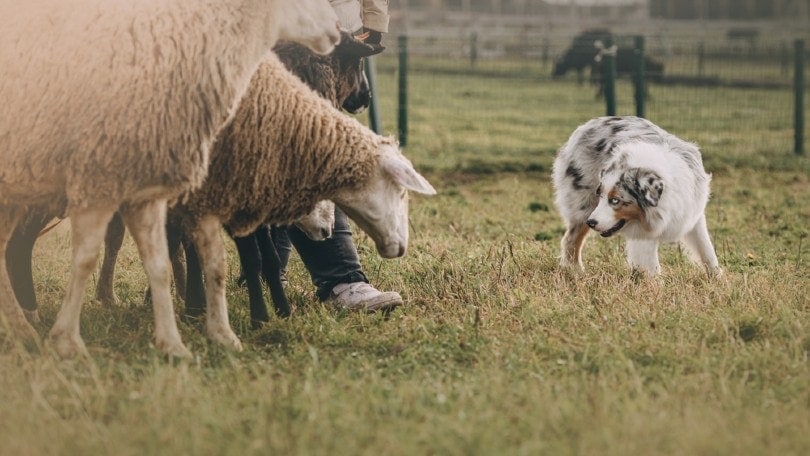
Farmers have used dogs to herd large flocks of livestock for many years. The dogs usually bark and run in circles on command, helping round up hundreds of animals when it’s time to return home.
Sheep and other livestock tend to wander off and not respond to instructions. A herding dog will guard, manage and control them over large distances without causing harm or stress.
Herding dogs’ energy and agility allow them to perform tasks efficiently. These dogs are also quick, clever, alert, hardworking, and courageous.
Some dogs are natural expert herders and are born for the job. However, others require years of training. Examples of herding breeds include Border Collie, French Briard, Belgian Sheepdog, and Hungarian Puli.
Today, canines also play a vital role in reindeer herding in Russia, Norway, Sweden, and Finland. Reindeers are essential in these northernmost parts of the world since they provide meat and hide. Examples of reindeer herding breeds include Finnish Lapphund and Lapponian herder.
These dogs have thick coats, which helps them tolerate the harsh freezing temperatures in the north.
3. Police Dogs
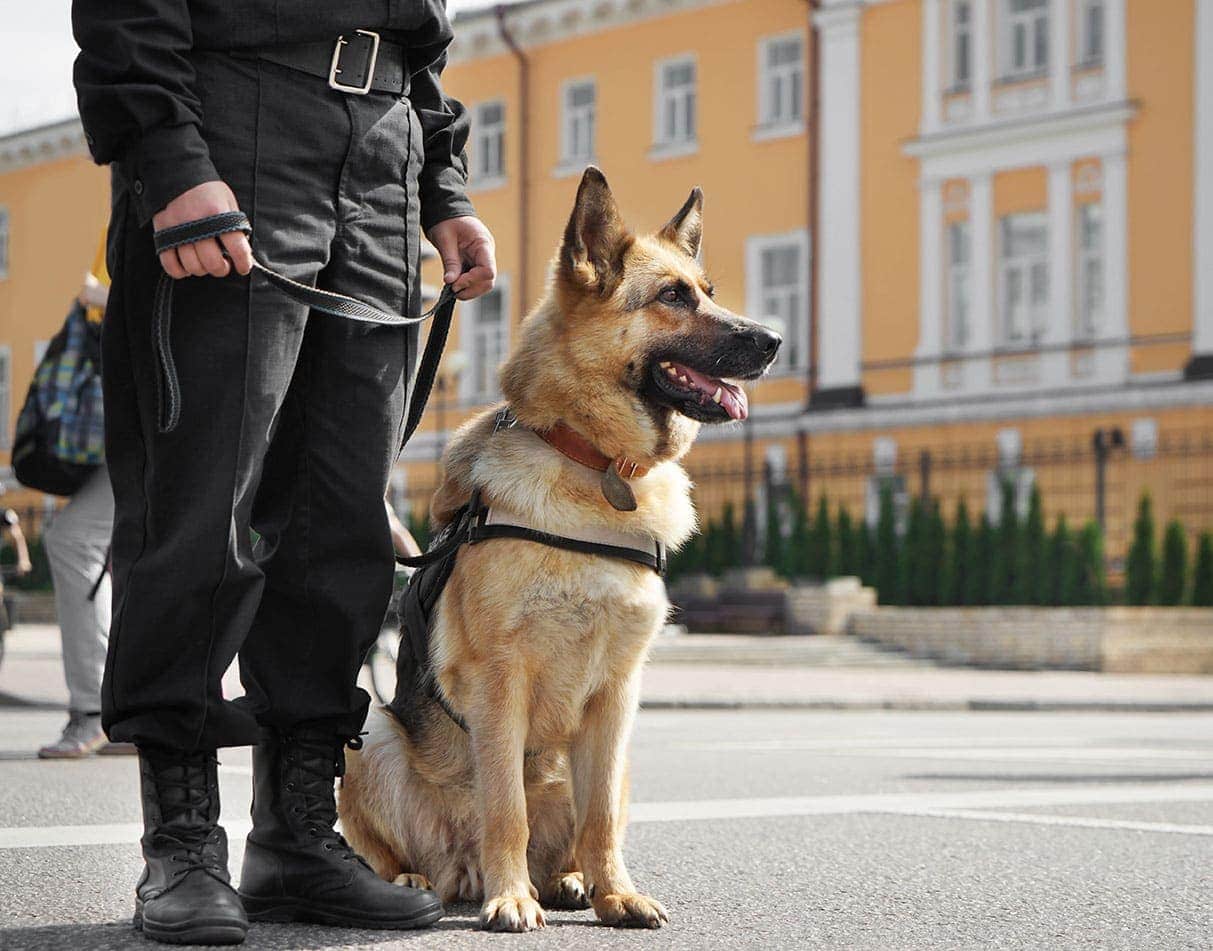
Police dogs are trained to accomplish a wide variety of complex tasks. They protect their handlers and assist them in performing their daily duties.
A police dog’s high sense of smell makes them a valuable asset for the force. It makes them great detectors, enabling them to track people and sniff illicit substances.
Additionally, canines can help maintain public order in particular situations, such as during riots and demonstrations. They can even help chase down and apprehend criminals.
Labradors, Golden Retrievers, German shepherds, and Labradoodles are the best-suited breeds to serve as police dogs. They are agile, hardworking, obedient, and loyal. The bond the pups create with police officers after many years of working together usually lasts a lifetime. Therefore, the officers often adopt them after retirement.
4. Service Dogs
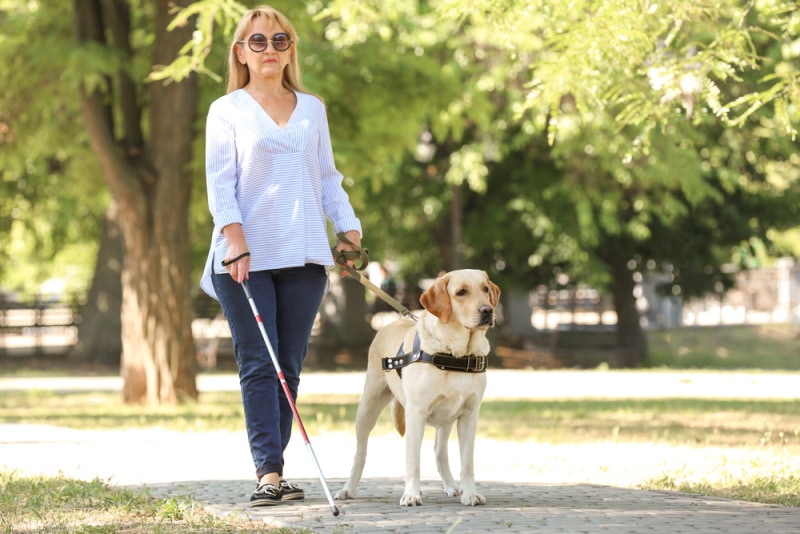
Apart from providing companionship, service dogs help people with disabilities live self-sufficient lifestyles. For instance, they can assist sight-impaired handlers in moving freely.
These dogs perform complex tasks. For example, a guide dog will avoid obstacles, evade traffic, and find appropriate routes. They also know when to follow commands and when to disregard them.
Therefore, service dogs must be clever. They must also be calm and relaxed always to avoid being distracted by sights, sounds, and smells.
Canines go through many years of training to qualify for this role. It usually starts at puppyhood after the trainers select calm and even-tempered puppies.
5. Military Dogs

German Shepherds, Dutch shepherds, and Belgian Malinois are some of the most popular breeds in the military. The dogs have been in many conflict zones since World War I and play a significant role in keeping the battalion safe.
Military dogs can help their handlers perform a wide array of tasks. These include patrol work, scouting, search and rescue, and detecting explosives.
The nature of their work makes training a huge necessity. As such, the military invests a lot of money in the exercise. On average, training one dog costs between $20,000 to $40,000.
Additionally, the pups wear protective gear because of the unique nature of their assignment. You will see them adorning vests, protective goggles, and GPS trackers.
Military dogs serve an essential role after retirement: They can help ex-service members fight symptoms of post-traumatic stress disorder.
6. Medical Dogs
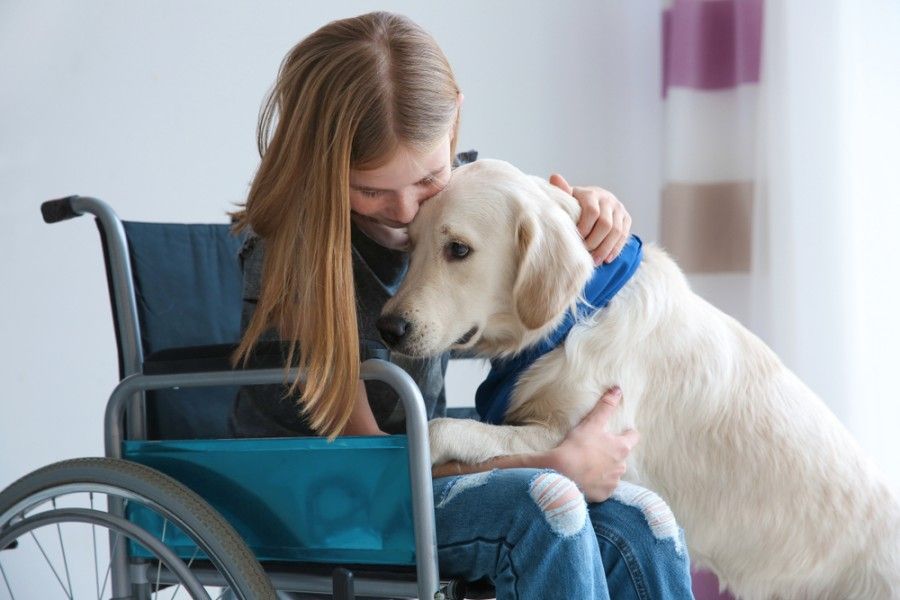
Medical dogs usually fall under two categories: medical alert and bio-detection. Medical alert dogs never leave their owners’ side. On the other hand, bio-detection dogs often work in health institutions.
Medical alert dogs assist people dealing with serious illnesses such as type 2 diabetes, seizures, and severe allergies. Thanks to their acute sense of smell, they can detect when the disease worsens and alert the handler.
For instance, seizure dogs can sense an oncoming seizure by detecting changes in the body’s physiology.2 They can alert the handler by pawing, staring, or nosing at them.
Sometimes these canines can also act as seizure-response dogs. They can be trained to help the owner during seizures by protecting them from injury, assisting them by fetching essential items or asking for help.
Bio-detection dogs assist doctors in detecting the onset of various diseases in patients. The canines can sniff out the scents that the body releases when developing diseases such as cancer and malaria. They alert the doctor, who then performs further tests.
7. Detection Dogs
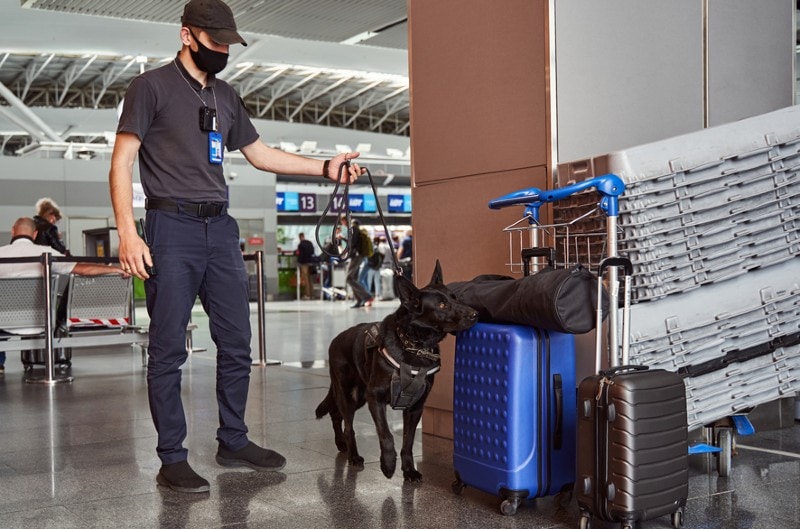
Detection dogs are specially trained to sniff illegal drugs, blood, dead bodies, and explosives. You will often find them in customs and border control, private security firms, wildlife biology, and law enforcement.
These dogs start training at puppyhood, where they are introduced to the scents gradually. They are trained through positive rewarding. Therefore, they hunt for smells in the hope that they will get treats or toys.
Breeds used as detection dogs have a high sense of smell. They are also playful and have lots of energy. Examples include Beagles, Labrador Retrievers, and Golden Retrievers.
Once they detect a particular scent, they will alert handlers through barking. They can also lie down while intently staring at the smell’s origin.
8. Hunting Dogs
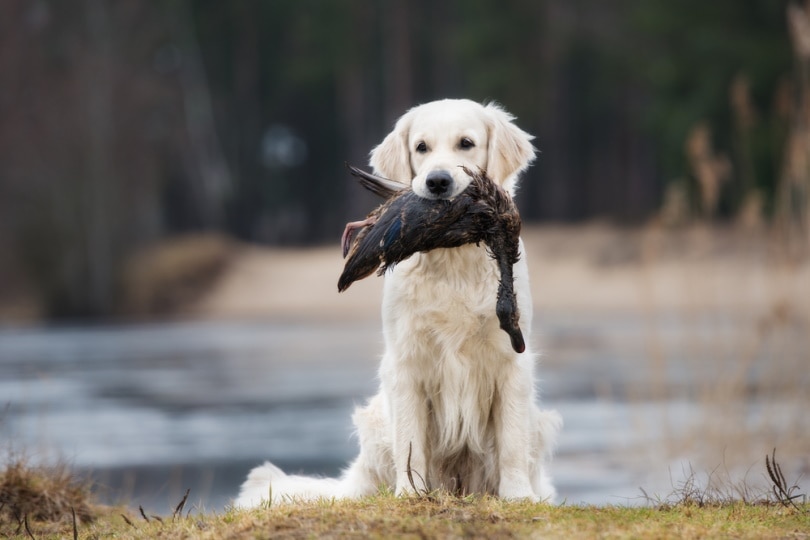
Dogs have accompanied and assisted hunters since ancient times. Their acute sense of smell, high energy, agility, and courage make them efficiently track, locate, and retrieve prey.
Popular hunting breeds include Dachshunds, Terriers, and Hounds. What is impressive about these canines is their ability to retrieve the prey in one piece. Somehow, they resist the urge to chew the game into pieces.
Hunting may not be as prevalent as before, but we still rely on hunting dogs in exceptional circumstances. For instance, canines often assist in truffle hunting. Since you can only find truffles underground, you need a dog’s acute sense of smell to locate them. Some canines are, therefore, specially trained to sniff out this delicious ingredient.
Initially, pigs usually carried out this task. But their tendency to eat the truffles on the spot made them unreliable. The job fell into the hands of breeds such as Beagles and Springer Spaniels.
Dogs can also be trained to catch lobsters. However, this task requires long and hard training. The pups must learn to dive 15 meters deep into the water and hold their breath.
9. Transport and Delivery Dogs
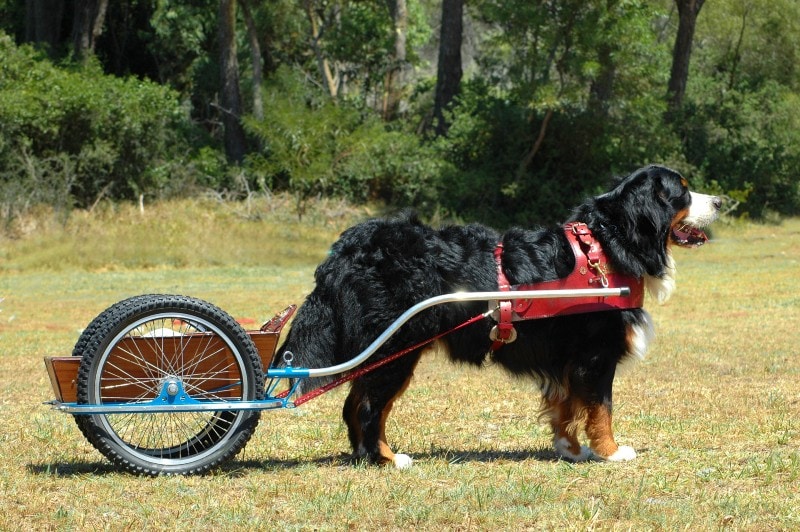
Dogs can also serve as transport and delivery workers. Solid and resilient breeds such as the Greater Swiss Mountain Dog and the Bernese Mountain Dog can help carry goods and people from one place to another.
Using dogs as a means of transport was common among farmers in the Netherlands, Belgium, France, and Germany. The canines would carry milk and other products from the farm to the city on carts.
You can still spot a few dog-driven carts today. However, these are often used for exercising the pups rather than as a means of transport. Carting has also become a popular sport for dogs.
Still, sled dogs are a reliable mode of transportation in the northernmost parts of the world. Their unmatchable strength, discipline, and organization make them effective in carrying goods and humans.
Popular sled dog breeds include the Samoyed, Alaskan Malamute, Siberian Husky, and Chinook. These dogs have thick coats to help them brave the freezing temperatures and harsh winds and consume 15,000 kcal daily to supply their energy needs.
10. Therapy Dogs
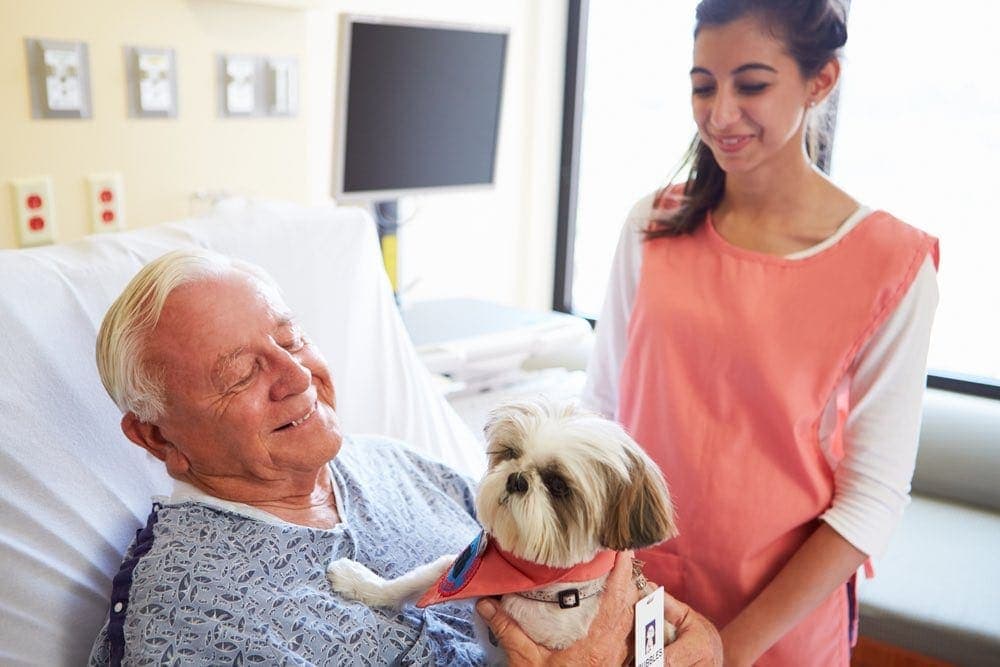
Dogs can be an essential part of a patient’s therapeutic plan. Their presence can provide emotional support, thus helping people overcome their health issues faster and easier.
Interacting with therapy dogs can be comforting and relaxing since they promote the release of mood-elevating hormones—serotonin, prolactin, and oxytocin. As such, they can help ease anxiety, depression, and other psychological issues.
Although they can live in people’s homes, you often find therapy dogs in hospitals, nursing homes, hospices, and disaster relief areas. They can also visit schools for canine-assisted reading therapy programs.
Not all pups can serve as therapy dogs. They must have the right temperament, training, and socialization to work effectively.
Remember, the canines will interact with many people, especially children, who may try their patience. So, they must be calm, friendly, and social with strangers.
You can train any canine to become a therapy dog, regardless of breed and size. But the pups must undergo rigorous testing before certification. Examples of dogs used for therapy include Labradors, Golden Retrievers, Saint Bernards, and Standard Poodles.
Final Thoughts
Our list of jobs that dogs can do is not exhaustive. Advancement in training methods has made it possible to train canines to do some pretty incredible jobs.
Some pups can fetch balls in a tennis match, save people from drowning, sniff out whale poop, and protect art pieces from pests. Others have also joined the entertainment scene as actors.
Working dogs benefit us in many ways. But the pups also enjoy the rewards and praise they get, so they are always eager to accomplish the tasks.
Dogs also love working because it stimulates them physically and mentally, keeping them healthy and less anxious. Most importantly, it provides an opportunity to bond with their owners and strengthen their relationships.
Featured Image Credit: mariesacha, Shutterstock

